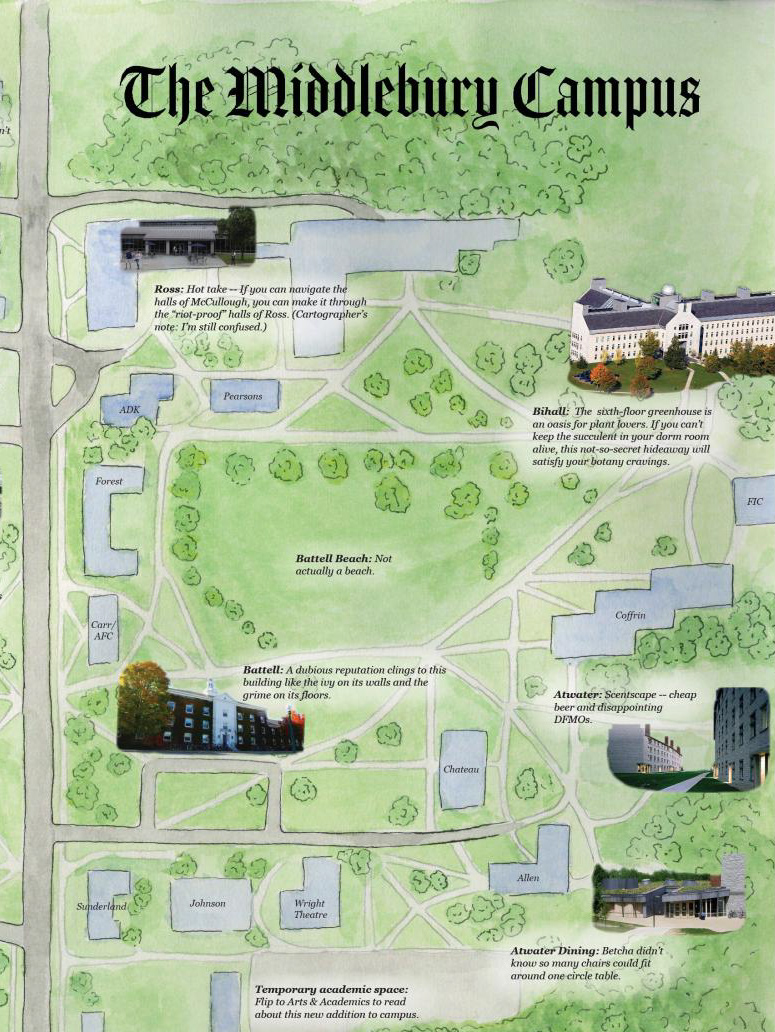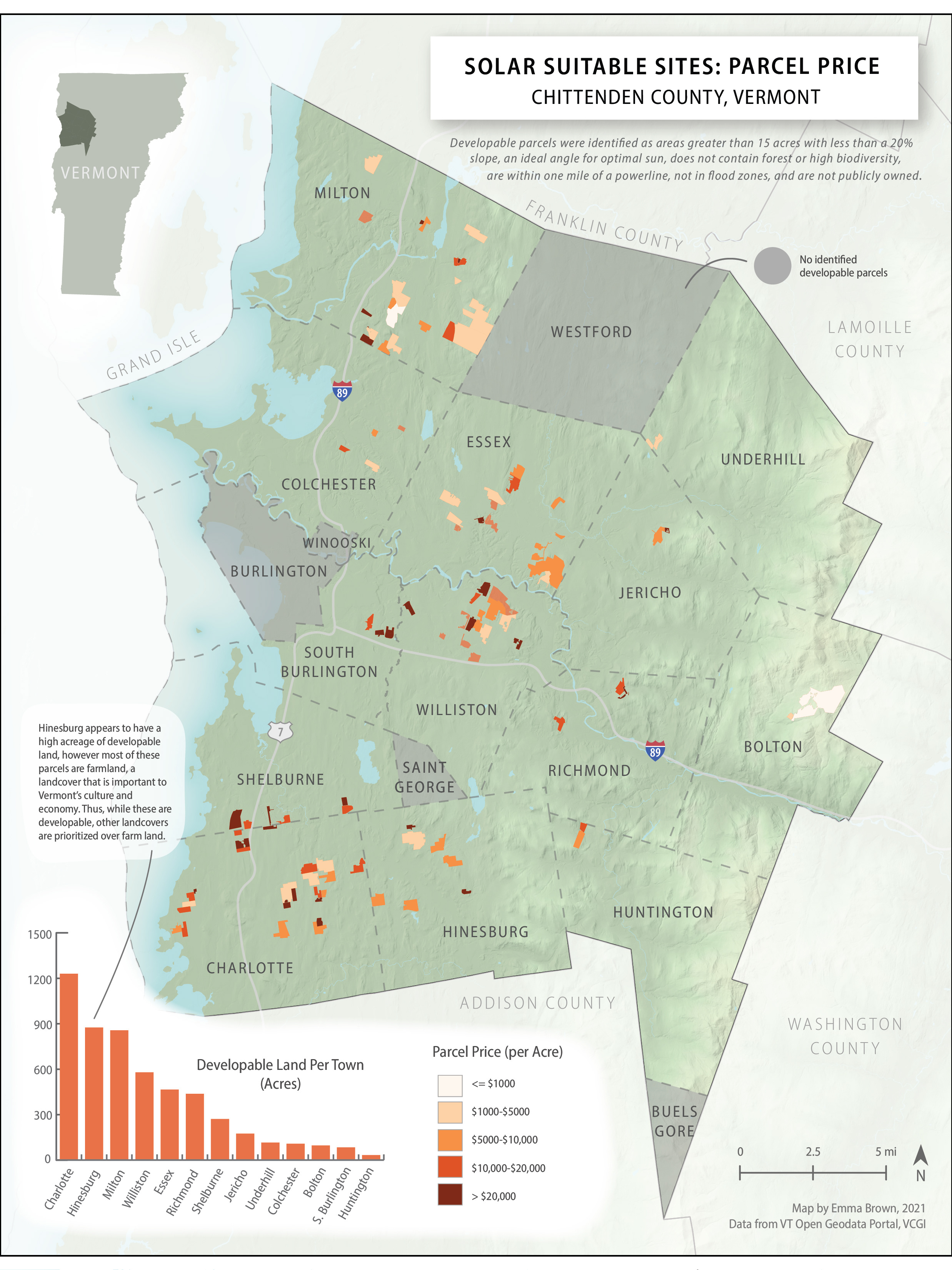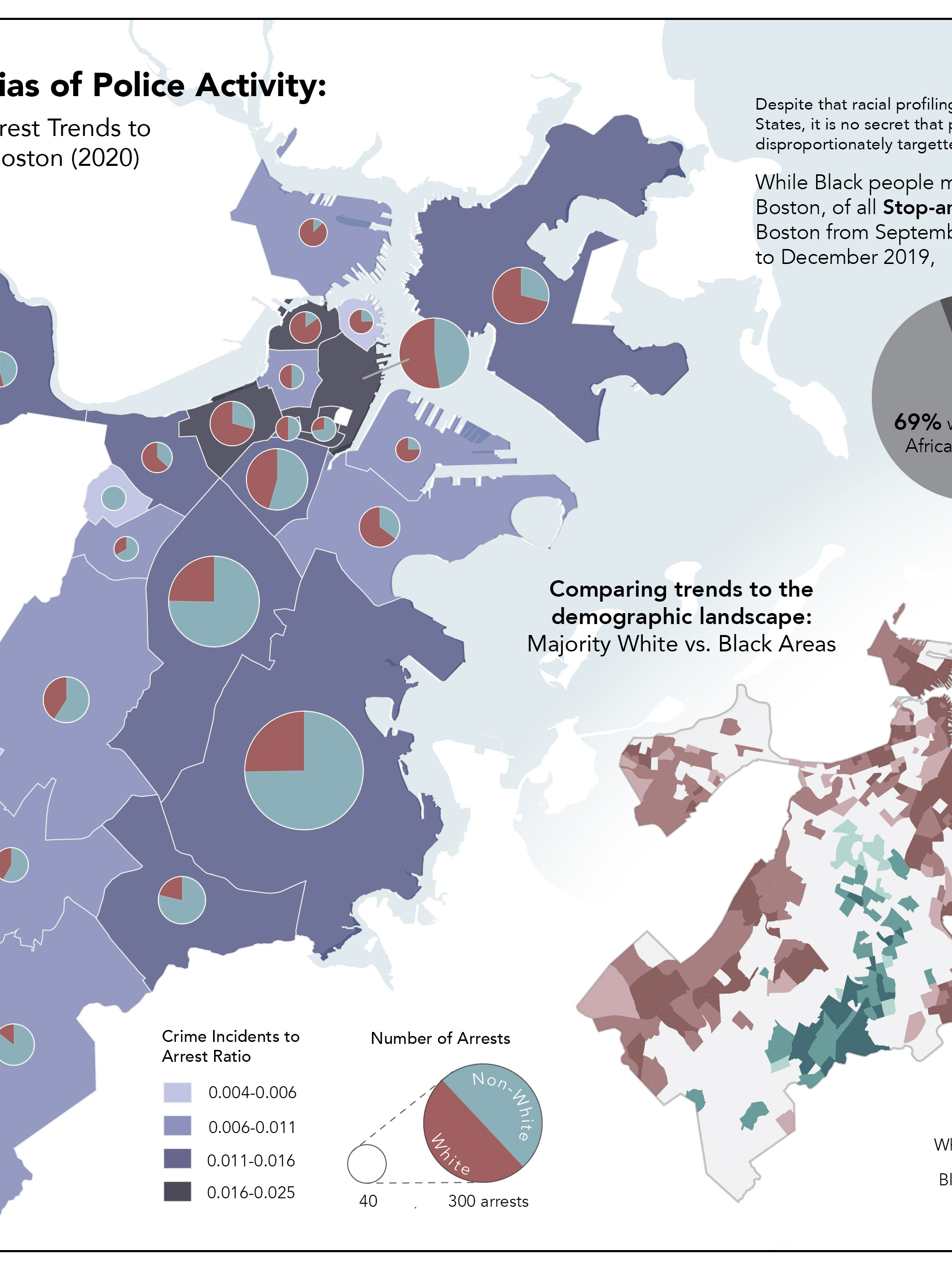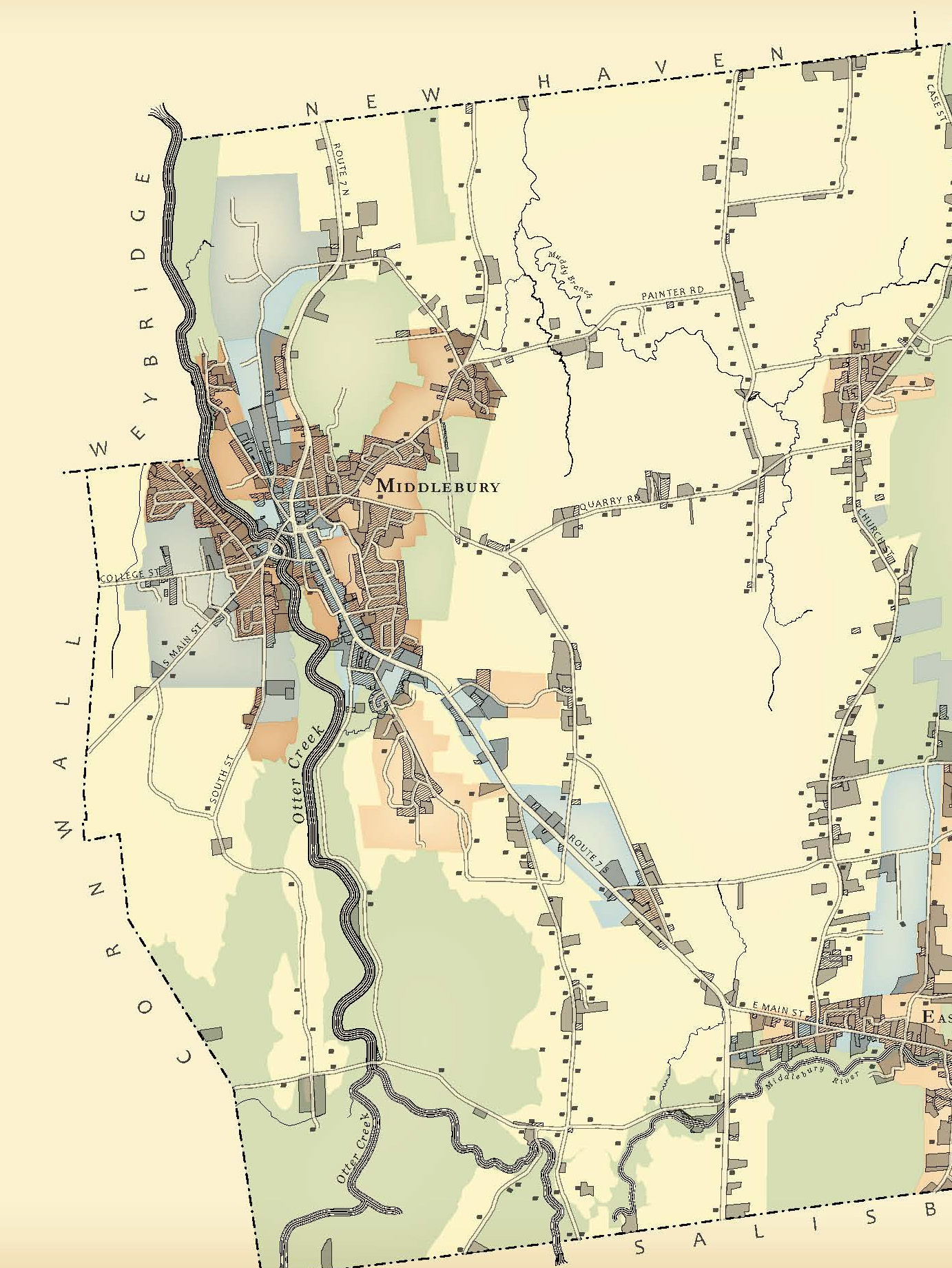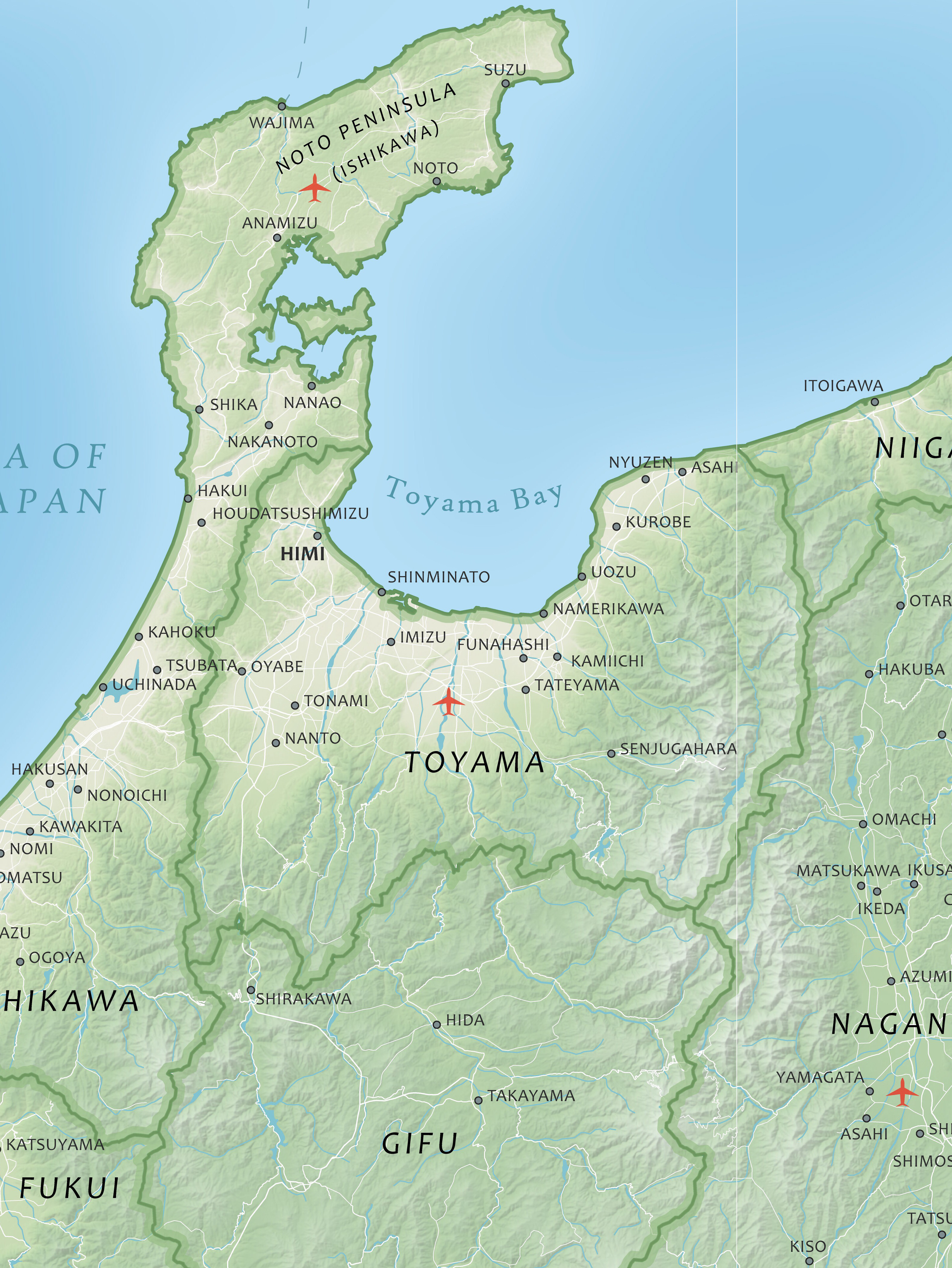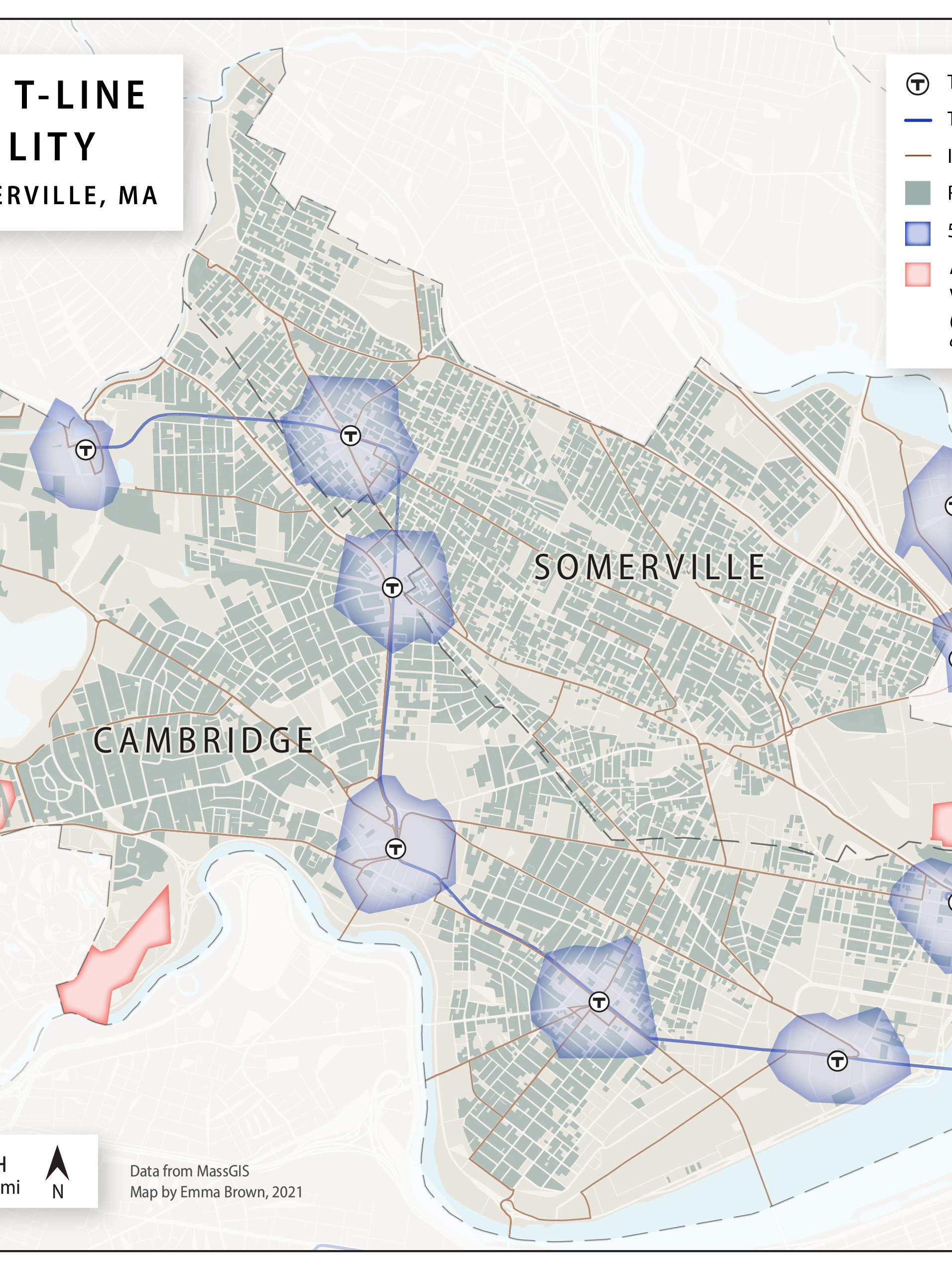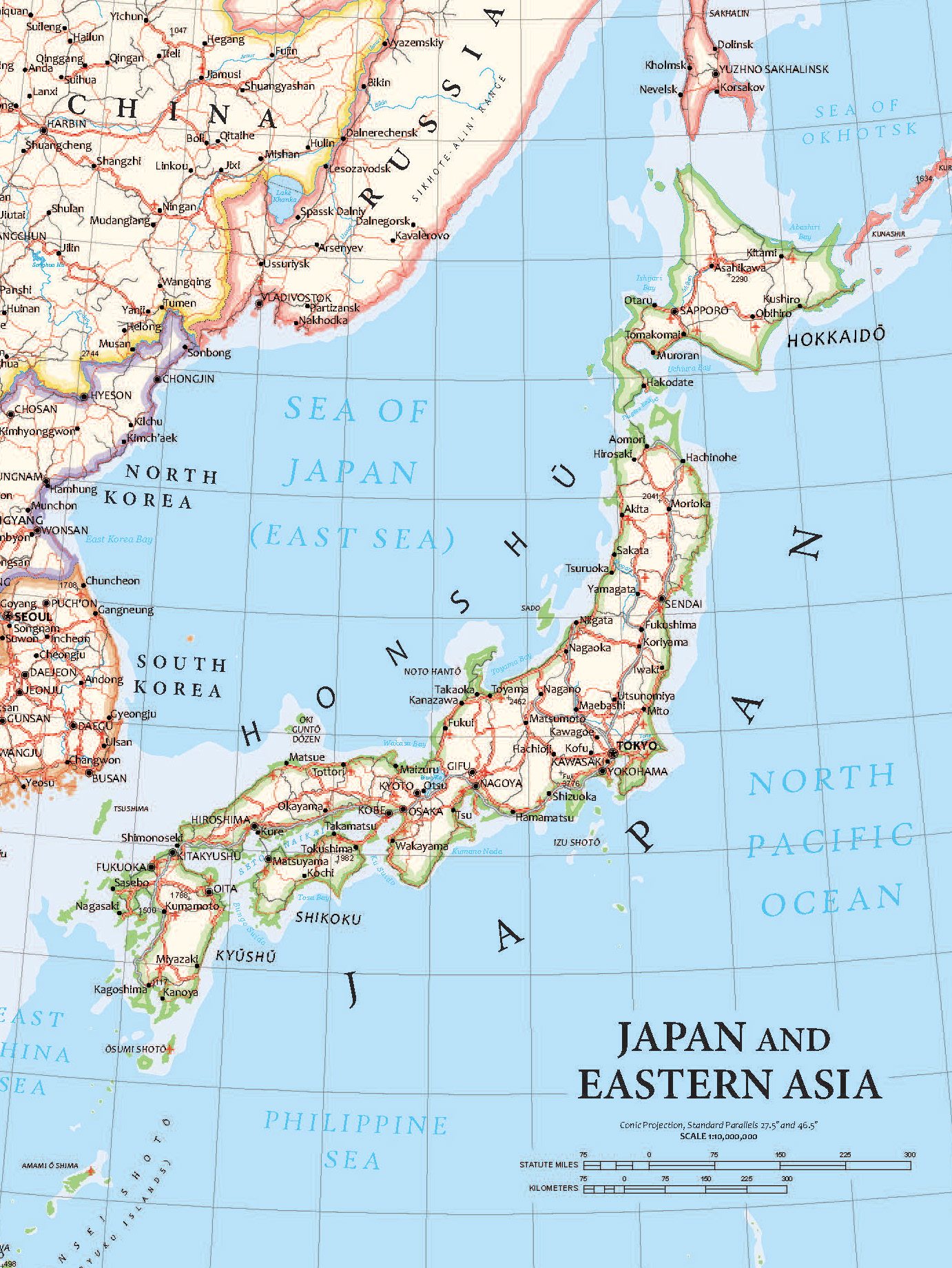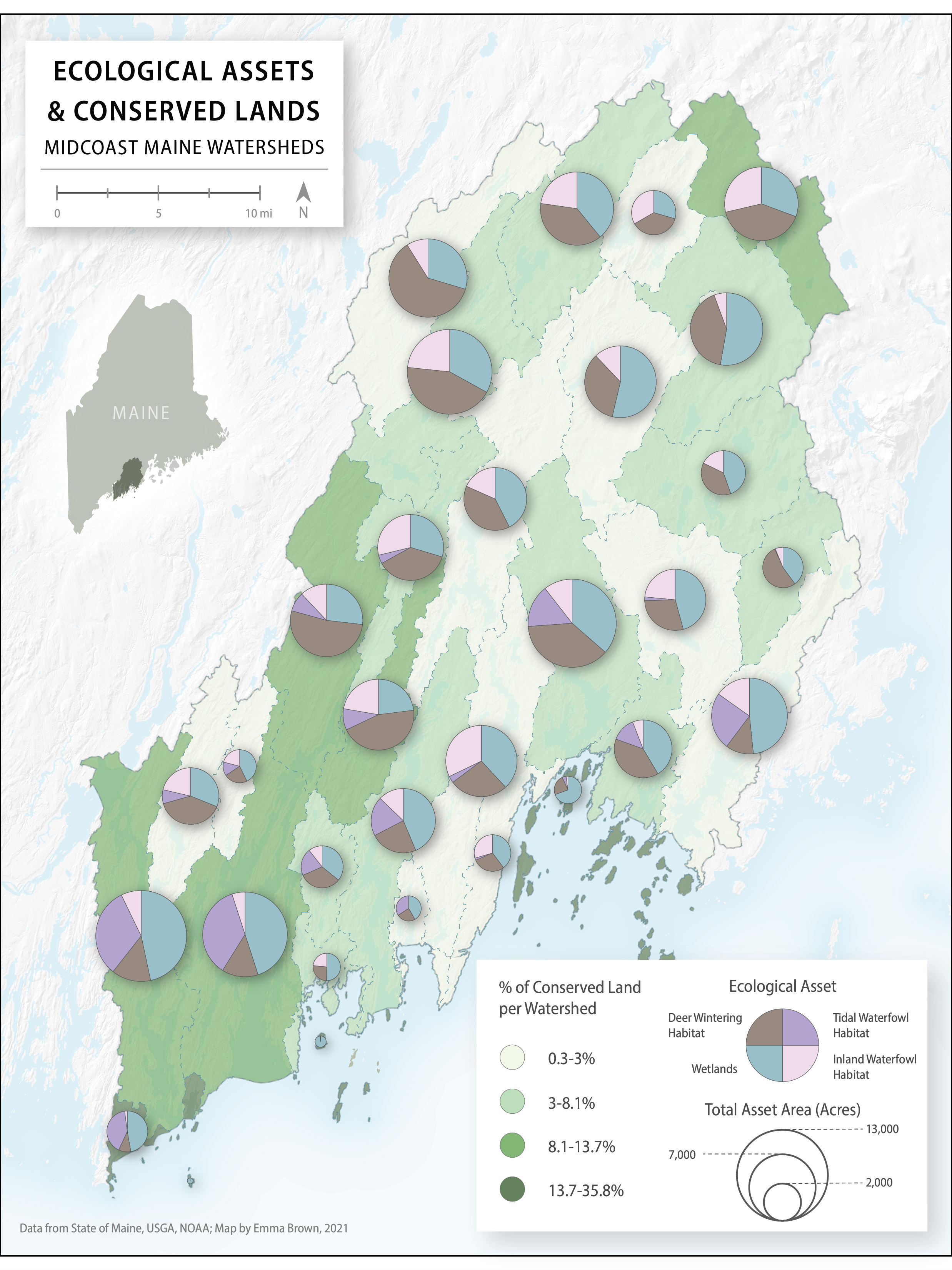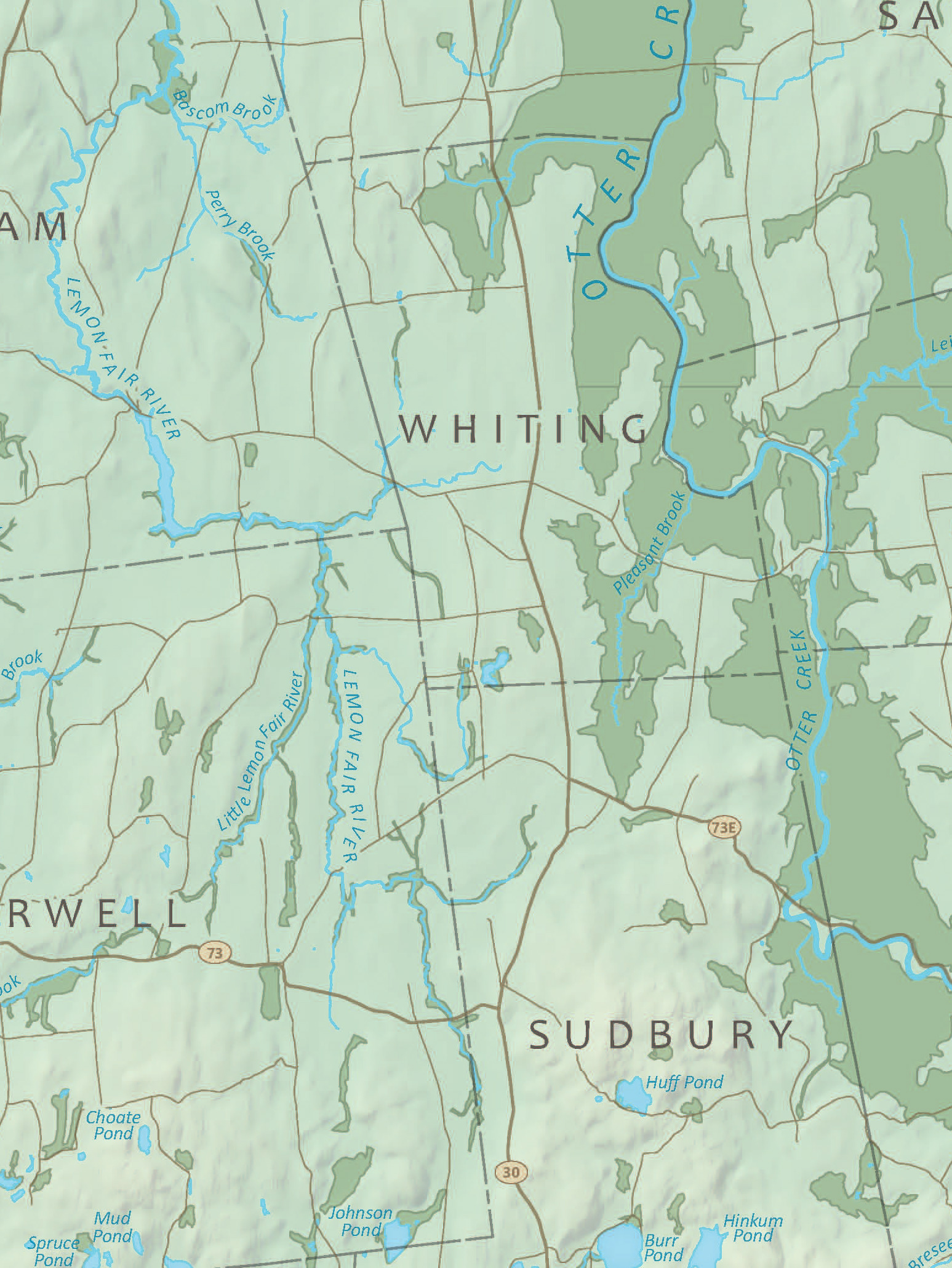I received the 2020 NACIS Undergraduate Student Scholarship in Cartography Award for the following map. A full statement about this project can be found here.
Middlebury is renowned for its academically rigorous language programs, which along with its well established language intensive study abroad programs attracts many of the school’s applicants. The college offers ten languages year-round: Arabic, Chinese, French, German, Hebrew, Italian, Japanese, Portuguese, Russian and Spanish, as well as study abroad schools in 17 different countries. While these offerings represent a large percentage of the world’s speakers, it undoubtedly leaves many out. As a language student myself, I was interested to see how representative of the world’s speakers the offerings at Middlebury actually are, and which language was the most popular to learn.
Because many countries have multiple official languages, the map illustrates where in the world the languages taught at Middlebury are spoken as an official state language. The map reflects the strong legacy of colonization in countries in Africa and South America by European countries such as France, Spain and Portugal. Yet, despite the strong presence of these languages in countries outside of Europe, the map also shows that the majority of study abroad schools are concentrated in Europe. For example, while French is spoken in many African countries, there is only one French study abroad school in the entire continent, which is located in Cameroon.
To show the countries that are not represented in Middlebury’s course offerings, I drew inspiration from the New York Time’s “The Two Americas of 2016” and blended them into the ocean while still leaving enough of an outline to illustrate just how much of the world was left out. Given that Middlebury is in the U.S. and does not offer English as a language of study, I chose to differentiate countries where English is a majority language with a dashed line.

